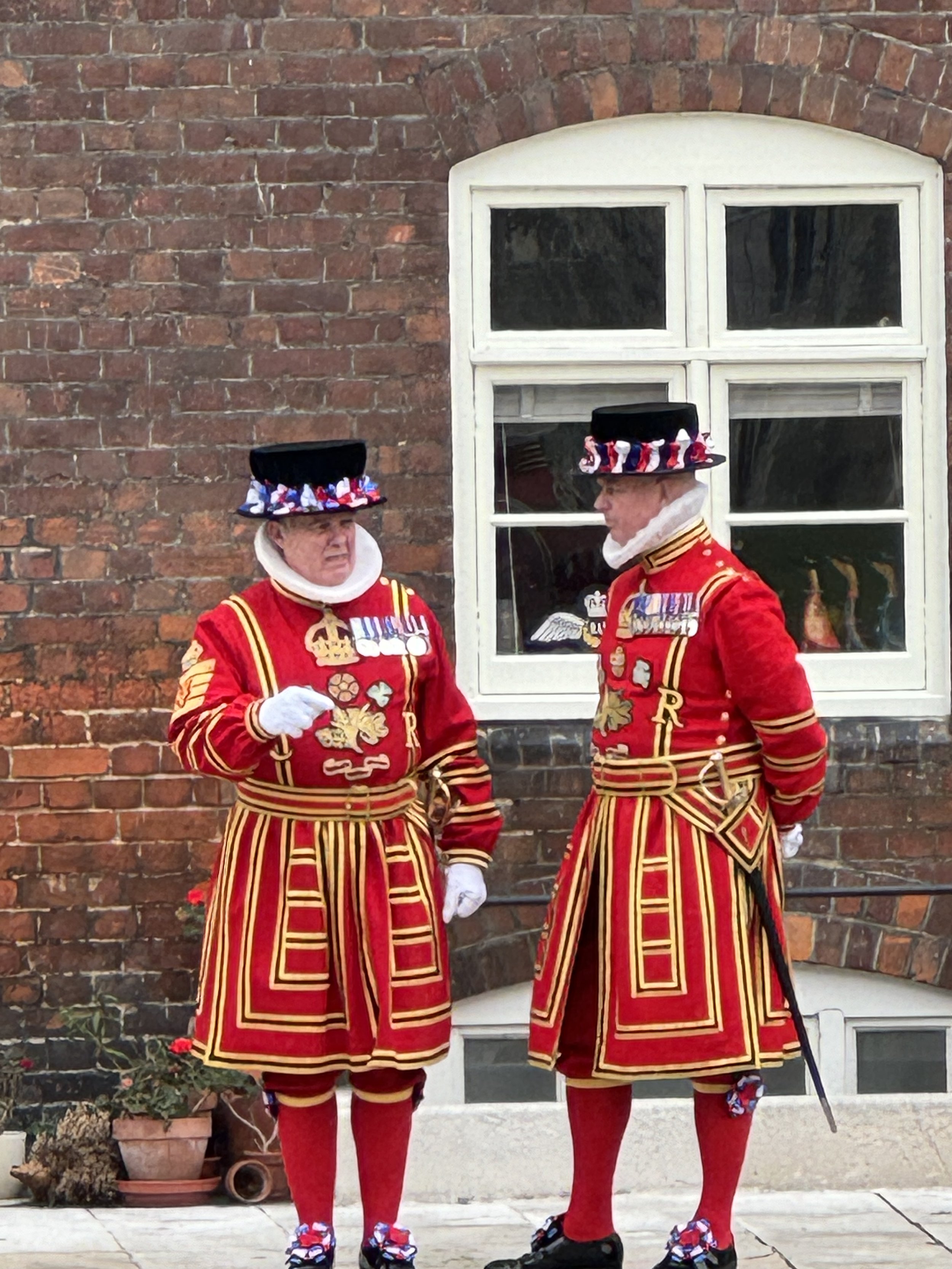Life of Yeoman Warders -ロンドン塔のビーフィーター
Yeoman Warders - Beefeater
In Japan, Yeoman Warders are affectionately known as "Beefeaters." While there is no definitive explanation as to why they are called "Beefeaters," one plausible theory suggests that during the Tudor dynasty (15th to 16th century), beef was a rare and valuable commodity, and Yeoman Warders may have been given the leftover beef served at banquets.
Another theory proposes that instead of wages, Yeoman Warders were given valuable beef as payment.
It is also possible that the term "Beefeater" originated from the French word "buffetier" (referring to someone responsible for provisioning), as King Henry VII, who established the foundation of the Yeoman Warders organization, feared poisoning and assigned them the duty of tasting food for poison.
Henry 7 (crowned 在位 1485ー1509)
Origins
The origin of the Beefeaters dates back to 1485 when Henry VII established the elite bodyguard of the king known as the Yeoman of the Guard. Henry VII, who had Lancastrian blood, is renowned as the founder of the Tudor dynasty for marrying Elizabeth of York, putting an end to the 30-year-long Wars of the Roses. However, he was always cautious and desperate to secure his throne because his claim to the throne was tenuous. Despite being a nephew of Henry VI, his legitimacy stemmed not from the bloodline of his father, Henry V, but from his father's extramarital affair with the widow of Henry V.
Henry VIII, his son, argued that the Tower of London should be guarded by the king's elite troops. In 1509, he stationed a guard of 12 men at the Tower of London, which served as the royal palace. While their main role today involves various annual events and special ceremonies, it was here that the foundation of the Yeoman Warders was established.
How to become Yeoman Warder?
Yeoman Warders respond to tourists' questions. Women are also actively involved.
Arthur Wellington, 1st Duke of Wellington, who defeated Napoleon's army at the Battle of Waterloo, became the Constable of the Tower of London in 1826.
The Duke of Wellington believed that Yeoman Warders were tarnishing the reputation of the Tower of London, so he began to reform their behavior. He declared that Yeoman Warders should only be recruited from retired servicemen with long military experience and good conduct records, reducing their number from around 100 to just 33.
The reforms instituted by the Duke of Wellington remain effective to this day.
The current Yeoman Warders must have at least 22 years of military service, and they must have been promoted to the rank of warrant officer and awarded a medal for long service and good conduct. It's not something anyone can become. The number fluctuates from year to year, but there are generally around 35 Yeoman Warders living in the Tower of London with their families.
以前ご案内した、タワーグリーンはヨーマンウォーダーのコミュニティの中心。パブ、病院、教会と全て彼らのために用意されています。
Dark Navy or Red?Their Uniforms
The dark blue uniform they wear is called the "Undressed Uniform," which serves as their everyday attire. It is durable and provides excellent ventilation. Currently, they can be seen with the letters "CR" on the front, representing the combination of the initial "C" for King Charles and the Latin word "Rex" meaning "King."
During special events, they wear a formal uniform called the "State Uniform," which is red and gold in color. This uniform is only worn on ceremonial occasions such as coronations, annual events, and funerals. The Yeoman Warders' formal attire is also known as "Beefeater," which is used as a brand for gin labels. On their birthdays, they are each given a bottle of gin as a gift.
Yeoman Gaoler/safeguard prisoners








